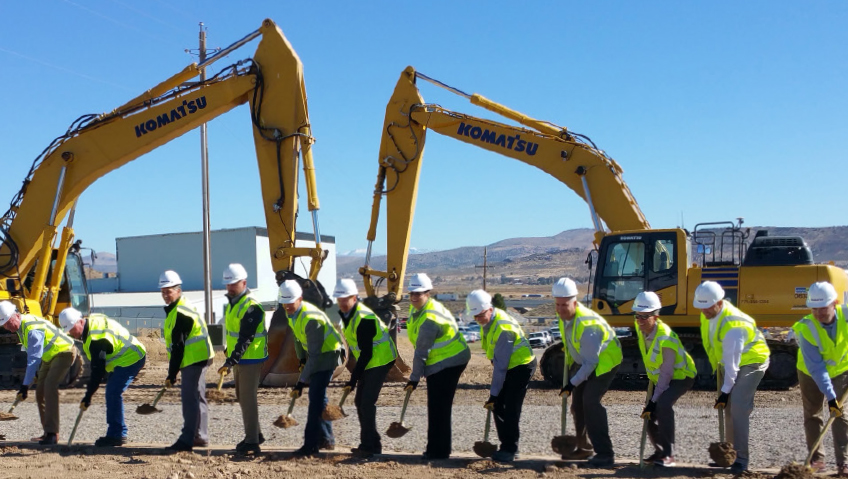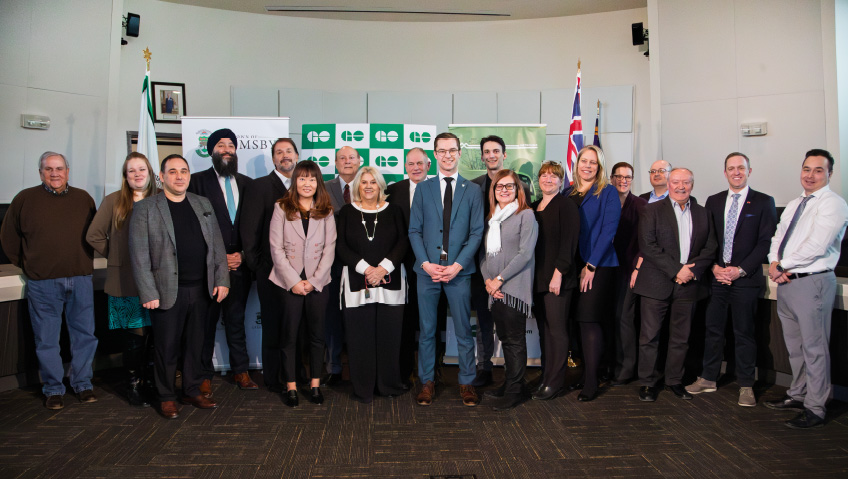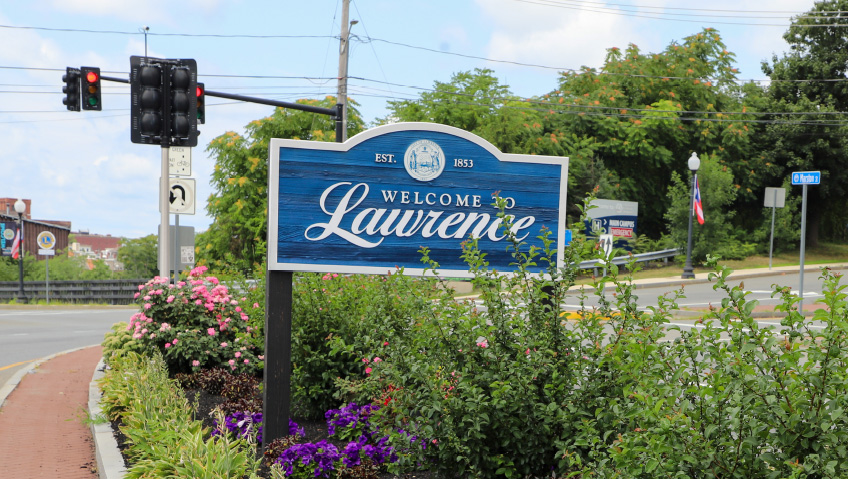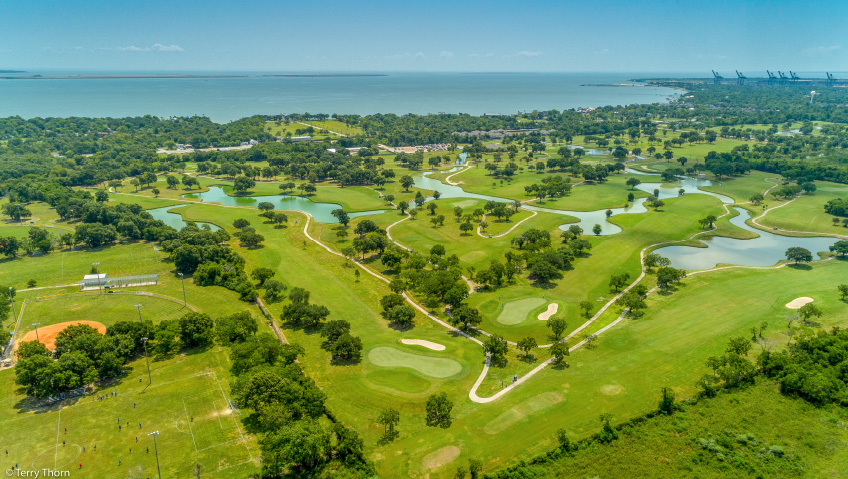Bordered by Oregon, Idaho, Utah, Arizona, and California, the State of Nevada is famed for everything from snowy peaks and desert valleys to Las Vegas glitz and being the world’s fourth-largest producer of gold. Now it’s time for North Nevada to add a lot more value.
The Northeastern Nevada Regional Development Authority (NNRDA) was founded a decade ago as an initiative of Moving Nevada Forward: A plan for Excellence in Economic Development 2012-2014, the state’s economic development plan. The NNRDA represents Lander County, Eureka County, Elko County, and White Pine County.
Comprising public and private members who are integral to the future of Northeastern Nevada, the NNRDA’s footprint encompasses a massive area of almost 40,000 square miles, representing 36 percent of the state.
Essentially a private/public partnership, NNRDA members are from the four represented counties, which include five communities within those counties who are members. On the private side, members include leaders in mining, hemp farms, hospitals, and other large-scale enterprises, while community partners include local chambers of commerce and similar groups.
Regardless of status, all members are important to building the area’s economic growth and sustainability.
Known for its mining, Northeastern Nevada remains the fourth-largest gold-producing area in the world.
Exempt from many taxes – including corporate (under $4 million annual revenue), and without personal, state, warehousing, inventory, or franchise taxes – the area is almost “recession-proof,” putting Northeastern Nevada in an ideal position for economic growth and prosperity, says Sheldon Mudd, Executive Director of the NNRDA since 2017.
While mining remains king in the area, Nevada is also known for its rich agricultural heritage. The state produces everything from livestock to crops that include alfalfa, corn, oats, and barley.
“We still try to maintain and take care of those industries the best we can. But to piggyback off of those, two of our target industries are directly related: value-added mining, and value-added agriculture,” says Mudd.
With value-added mining, almost all resources mined locally leave the state for further processing, something the NNRDA is trying to change. This is especially important, with lithium being mined nearby, and a vanadium mine getting ready to come online in the region. Since both elements are used in batteries powering electric vehicles (EVs), demand will increase as EVs become more commonplace.
The goal is to have these products and many others, including agricultural goods, refined, utilized, or manufactured in the State of Nevada, not elsewhere, so jobs are created and money goes back into local economies.
Making this even more vital is the recent creation of a large industrial hemp farm, with raw product being shipped elsewhere for additional processing.
To address the issue, Mudd and the NNRDA are speaking to related businesses and encouraging them to set up manufacturing in Northeastern Nevada. This includes speaking to mattress makers and building material companies who utilize hemp in their production to encourage them to manufacture products locally, as well as to livestock slaughterhouses and beef processing plants.
“What we are looking for is anything we can do to essentially have an end product before it leaves the state,” says Mudd. “To complement our existing industries, we term it value-added agriculture or value-added mining.”
For companies, setting up processing or manufacturing facilities in the area is a win-win, since it means being closer to resources and having lower costs for transportation.
The NNRDA is focused on other industries, too, including warehousing/distribution and logistics. Located in the middle of the Western United States, transportation is readily accessible via main and business routes such as the US-93 and I-80 BL.
From a base in the region, a truck traveling 60 miles an hour (96 km/h) can be in any major metropolitan service area in the Western United States within just 10 hours, including Vegas, Phoenix, Denver, or Portland.
Other sectors focused on by the NNRDA include aerospace and defense. Located in San Diego since the late 1960s, the elite TOPGUN program – a nickname for the Navy Strike Fighter Tactics Instructor Program (SFTI) – was relocated to the Naval Air Station Fallon (NAS Fallon) in Western Nevada in the 1990s.
For many years, starting in 1951 and continuing until 1992, parts of Nevada were used as nuclear testing grounds by the U.S. government. The state is also home to the highly classified Area 51 airbase, used for the development and testing of state-of-the-art aircraft and weapons technologies.
But although the state has a long history of aerospace and defense, none of it is in Northeastern Nevada, something the NNRDA is working to change.
“We want to see more of that happen here for two reasons,” says Mudd. “Number one is we have a vast amount of land that’s wide open and free, and the second reason is that because of this, security measures can be maintained far easier out here. You put somebody out in the middle of nowhere testing equipment or planes, the chances that somebody’s going to stumble upon them – or that a housing development is going to go up next to them – is highly unlikely. So we are trying to target aerospace and defense as well.”
Currently, 87 percent of Nevada is actually federal land belonging to the U.S. government. Nearby Lander County is looking to change that, and have lands transferred so they can be used for car testing.
This was motivated by the area’s Battle Mountain playing host to the World Human Powered Speed Challenge (WHPSC), which featured recumbent riders reaching jaw-dropping speeds of almost 90 mph (about 145 km/h).
For the NNRDA, being recently designated an Economic Development District by the Economic Development Administration means access to greater funding, along with infrastructure and development opportunities.
Moving forward, some of the Authority’s biggest goals include infrastructure projects, increasing access to existing rail, making natural gas more available, and increasing power infrastructure. Just last year alone, the NNRDA responded to about 50 requests for information from interested businesses.
“Our number one goal is trying to bolster our infrastructure so that we have the capacity to meet the demands of companies who are calling us,” says Mudd. “A lot of manufacturers that come to us have larger power demands, anywhere from 5 MW to 20 MW, and our small power companies are not always able to offer that, so we have to bolster our power.”
Together with increasing power requirements, Northeastern Nevada is facing challenges with housing. Recently, Mudd emailed officials saying that if they can get a thousand homes in their area, housing prices would be taken care of for the next two to three years; in larger centers like Las Vegas, a thousand additional homes would barely have an impact. “People want to move to Northeastern Nevada because it’s very outdoorsy and Wild West, with traditional American values – but they simply don’t have a place to live.”
Although the area’s development was based on gold, Mudd and the team at the NNRDA realize times are changing, and the area cannot continue to rely on a single industry, especially one that is not renewable and will inevitably run out.
Embracing diversification of other economic industries and establishing and encouraging companies of 50 to 100 employees apiece, is the key to future success. “We know the future is automated and digital, and we are trying to bolster that.”






